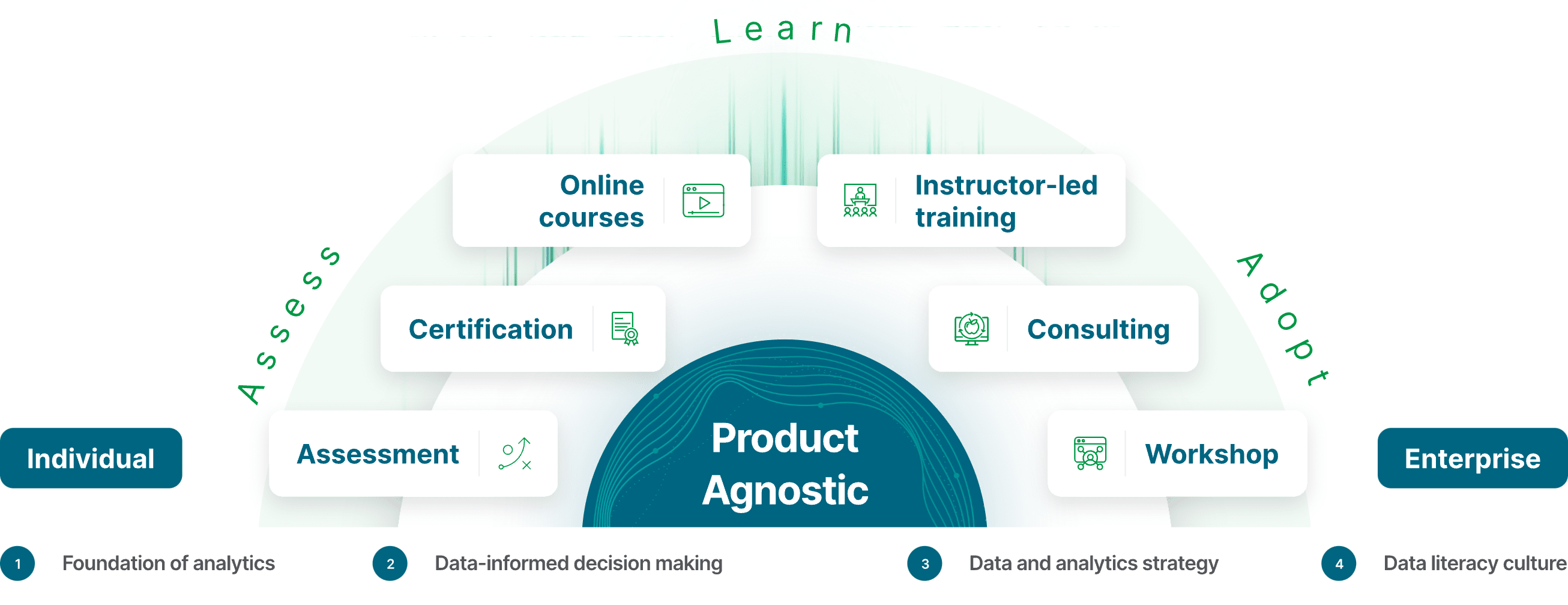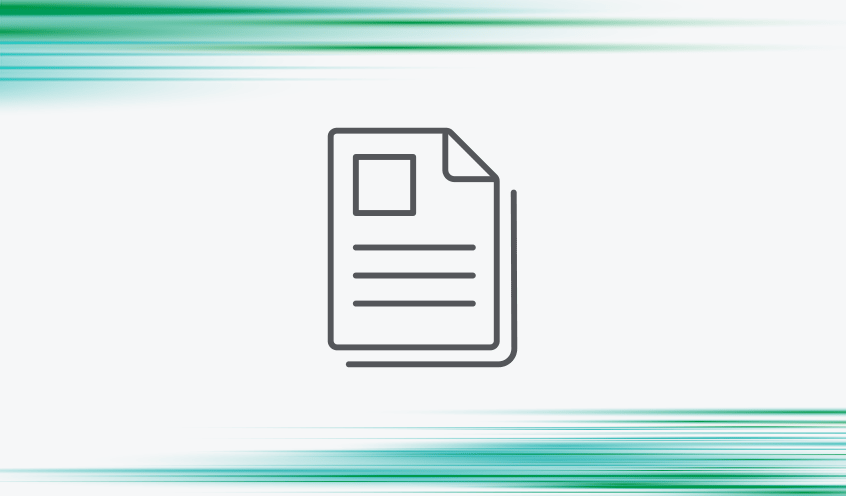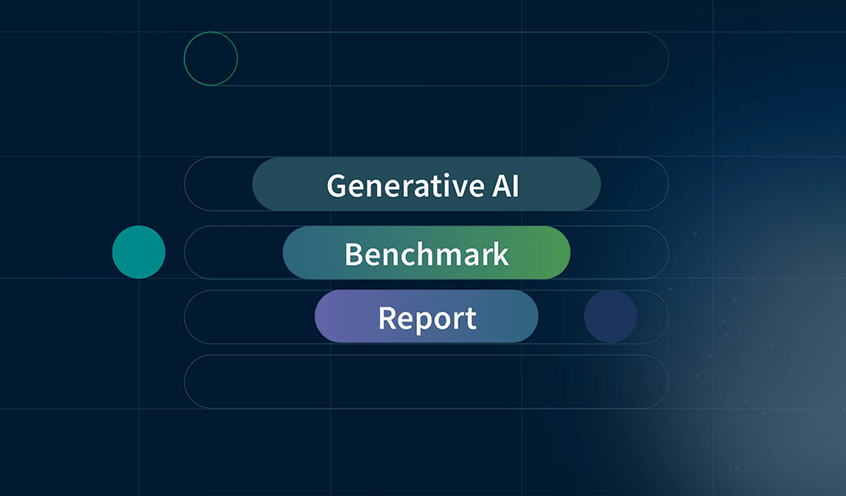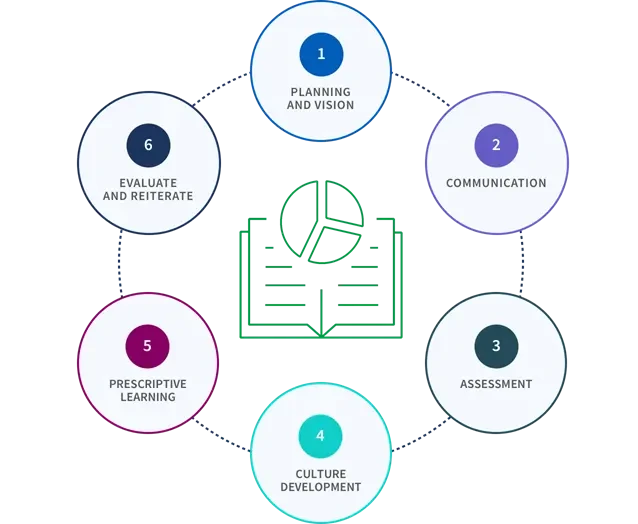Data Literacy Training and Consulting Services
The Data Literacy Program is designed to empower your entire workforce to use data effectively, regardless of role or skill. This industry-leading program offers comprehensive learning resources and consulting services to build data literacy skills across your organization.































































